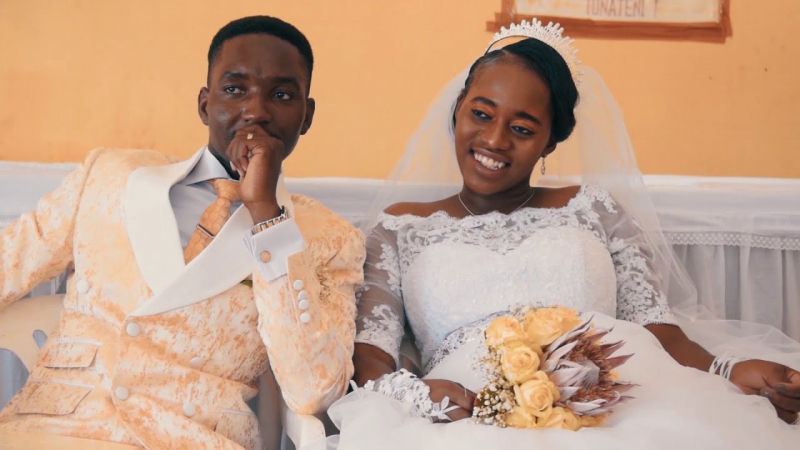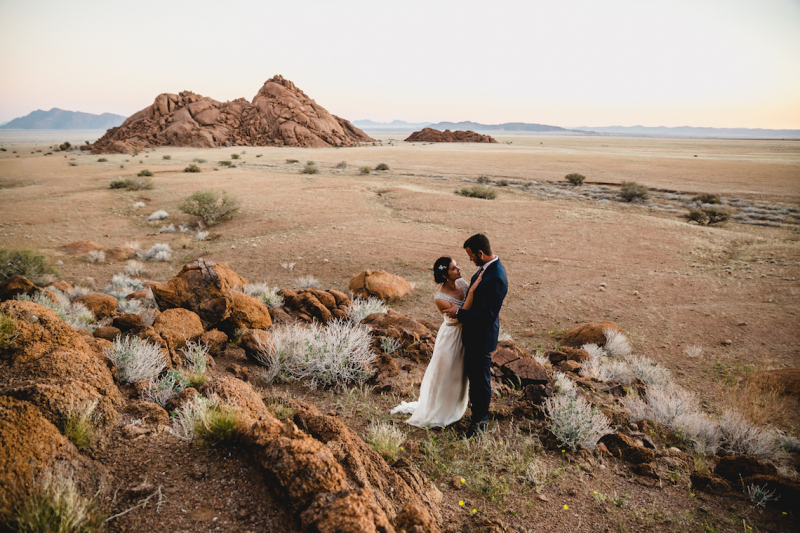Wedding
Namibia wedding traditions are based on traditional wedding cultural rituals, such as a Bedouin bride displaying her trousseau of clothes, jewels, and gifts from well-wishers. The parents of a couple must ritually agree to a proposed marriage because they will be called upon to resolve future marital problems. Wedding traditions in San people, Nama, Damara, Ovambo, and Herero differ from those in other African countries. Namibians abduct their brides prior to the ceremony and dress them in a leather marriage headdress. After the ceremony, she is brought into the house, where the family informs her of her responsibilities as the wife, and she is anointed with butterfat from cows, symbolizing her membership in a new family.
The meaning of any other African wedding is the joining of two lives, two families, and two communities. The bride has a very special role in all communities and is treated with respect because it is believed that she is a link between the unborn and the ancestors. To ensure that the meat is fresh, the bride and groom's families exchange meat gifts at a party. The bride and groom are also carried to where they will spend their wedding night on the shoulders of their friends. Throughout the ceremony, the bride must change her clothes and jewelry several times. Before any other wedding ritual occurs, the man must first discuss his intentions with his family, and if they agree, they advise him to ask the bride's family and accompany him to the bride's home.
After a few days, the wedding rituals are repeated in reverse, with the bride and her family visiting the groom's clan. "Kuku" is the Hawaiian word for grandmother and is a sign of respect. They call with a loud high pitch and whip horse tails in the air throughout the ceremony and day. Bride patterns and headdresses are traditionally worn by these women in their 40s and 50s.















